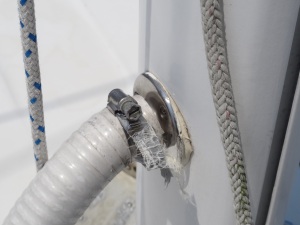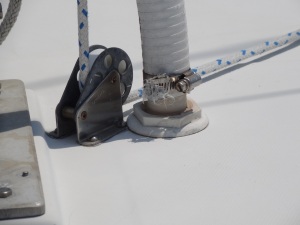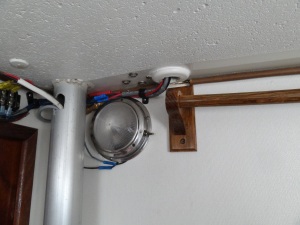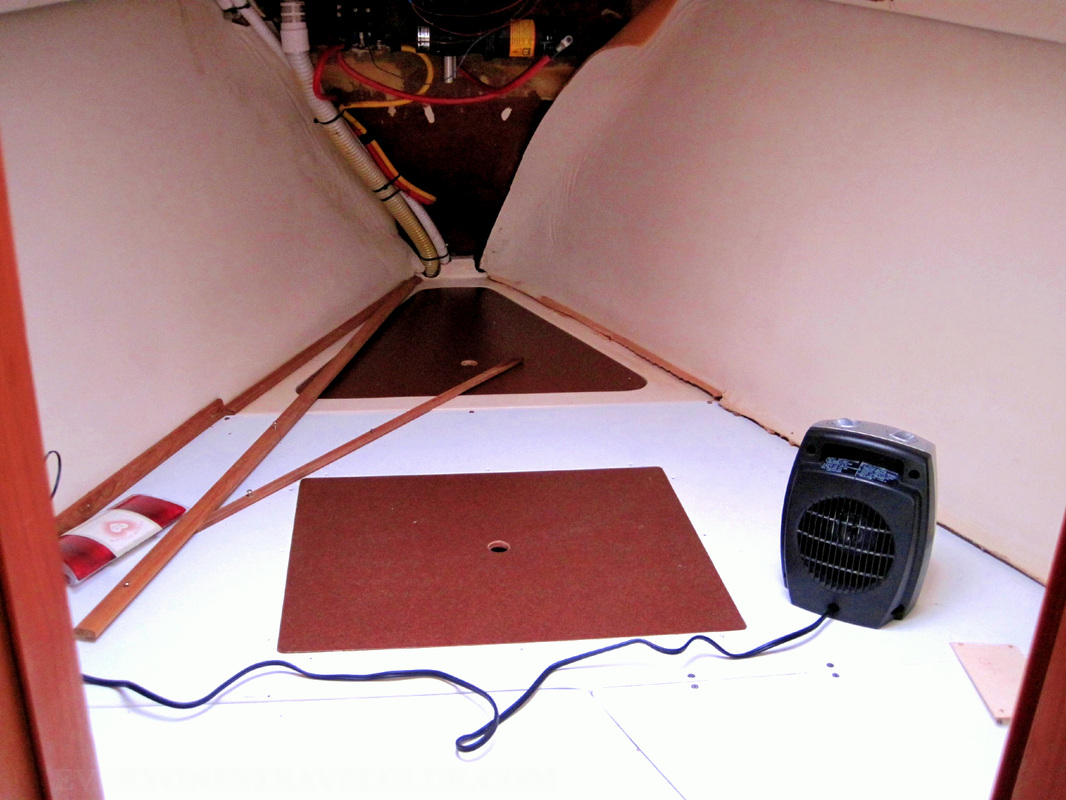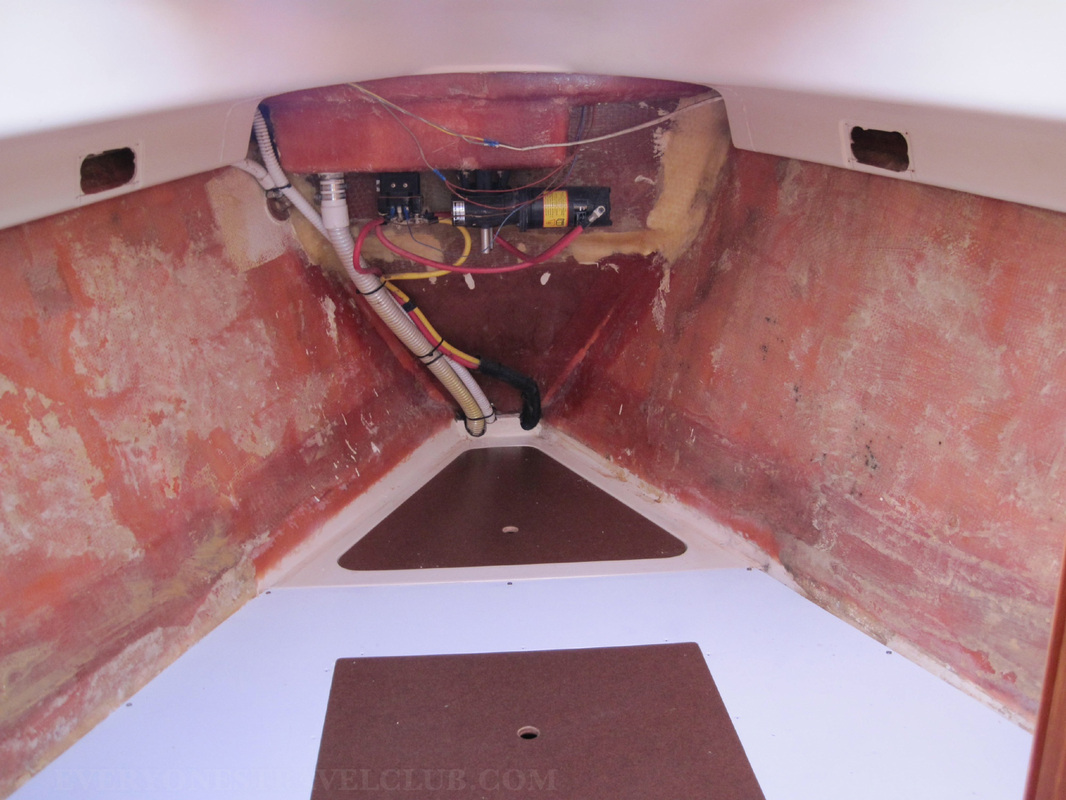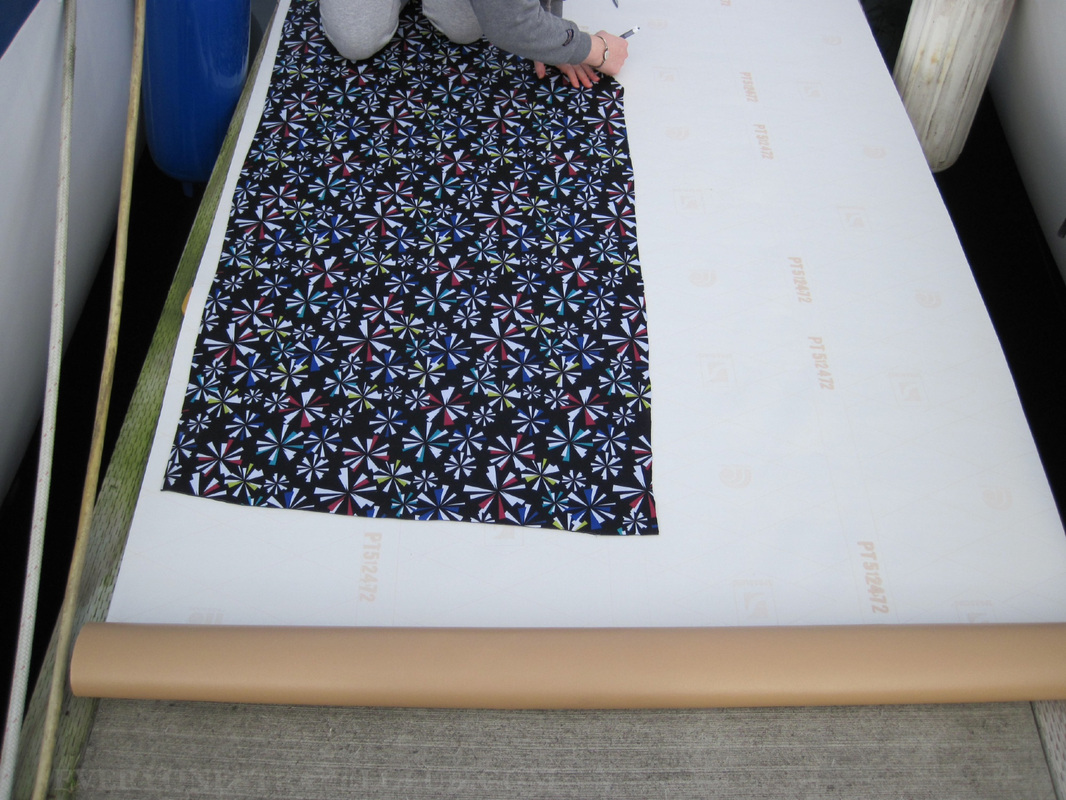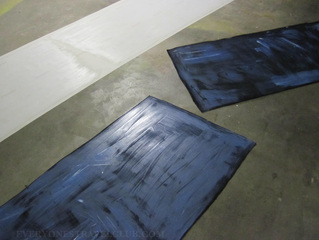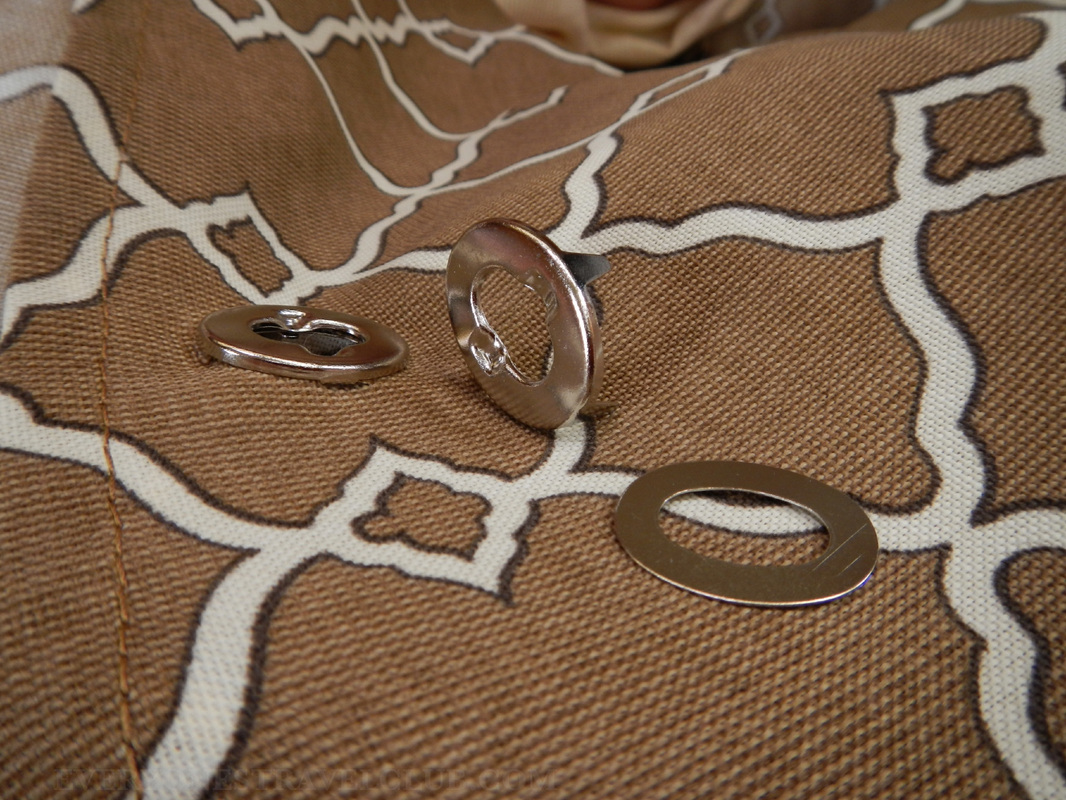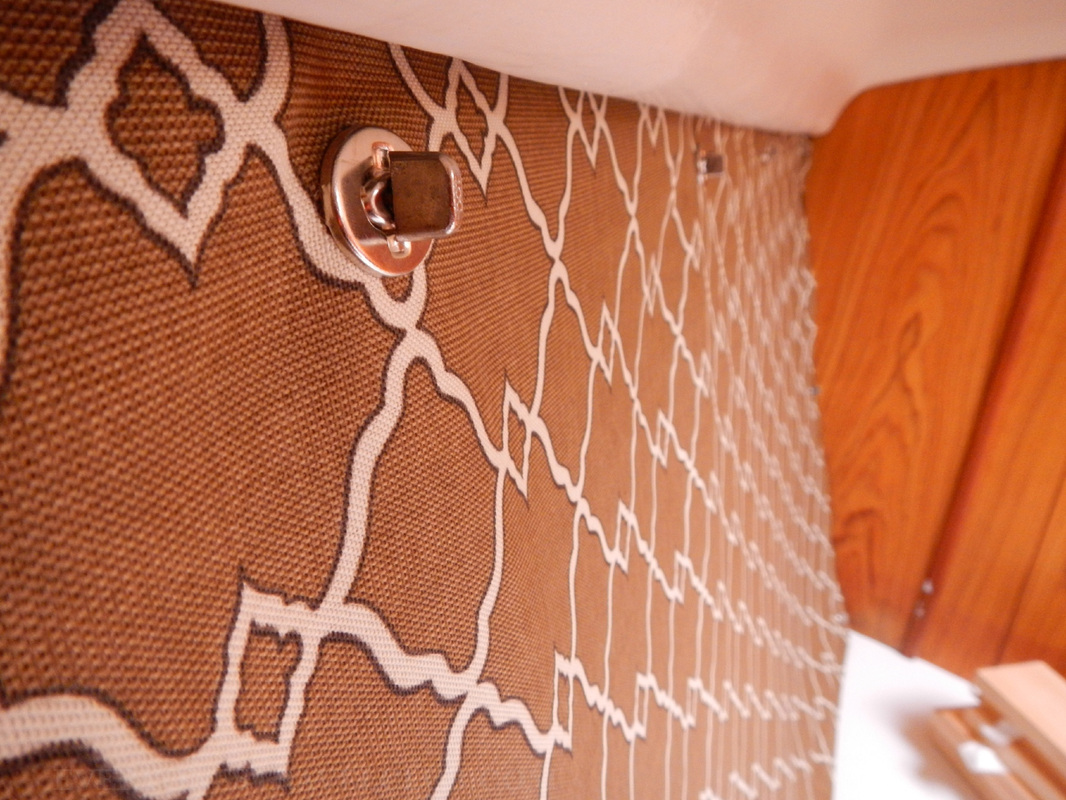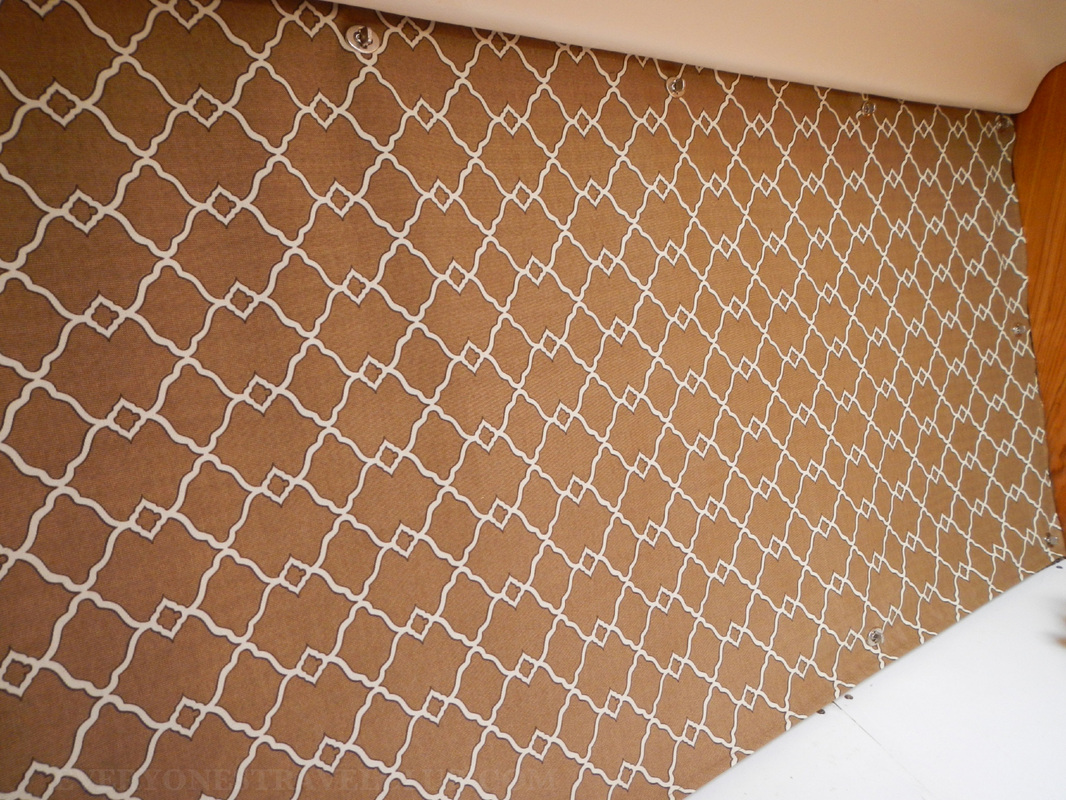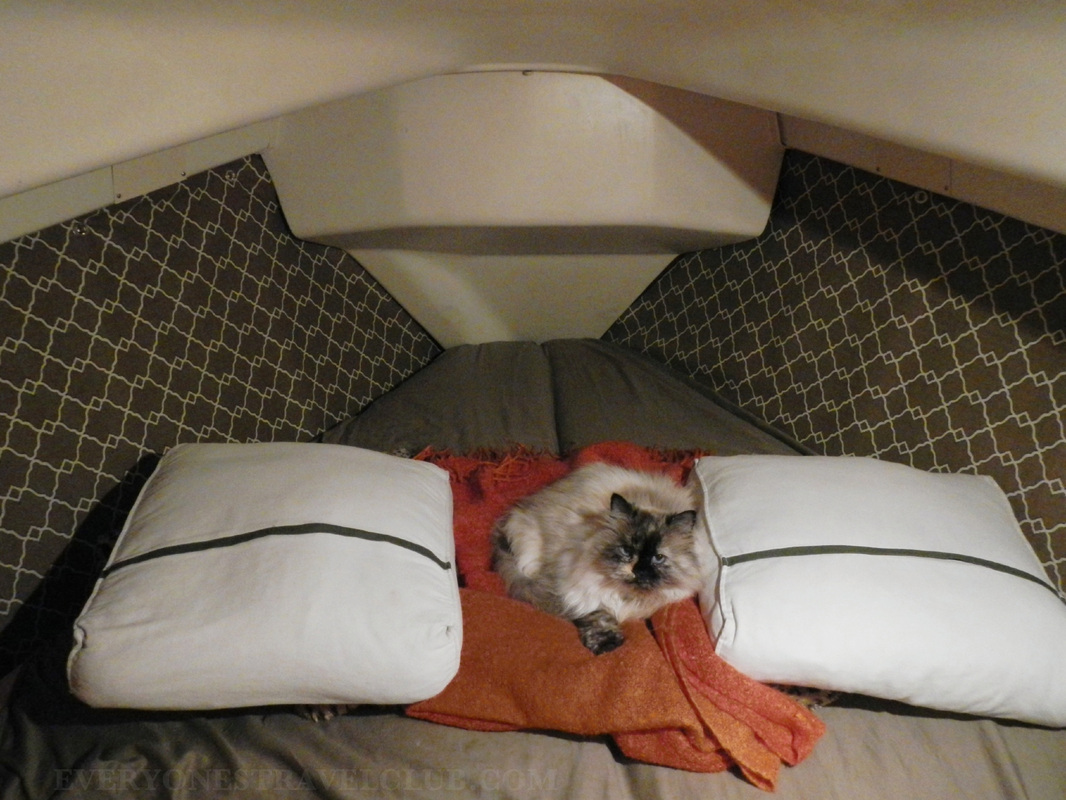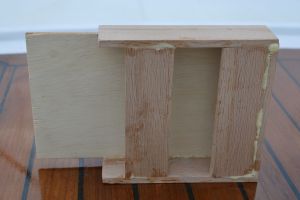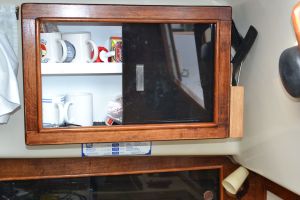Why do I bring that up? Well, because fenders are designed to protect a boat from a horizontal object, like a dock. No fender, by itself, will be able to protect your boat from a vertically-oriented object, like a piling. But our situation here is not everyone's. Not even everyone here, since pilings are frequently found in docking situations on our lakes. So what to do?
The fender board is the answer. Drew at Sail Delmarva shows us what a fender board is and how to make yourself one which is considerably evolved from what I have seen in the past. His board is well-constrained so that it will stay in position on the fenders. Read on...
Do you need em'? Yup, if there is a lot of tide, strong storms or wakes, yup.
Example. In Chincoteague, as much as we like the town dock, there are few "no wake" signs, no posted speed limit, and you get rocked now and then by small but speedy boats. There is also a good tide range. and a 3 knot tidal velocity. The picture was taken only a few hours into their first use and we've already worn a noticeable grove. There was always a small pile of saw dust resting on the board.
Example. We got hit beam-on by a powerful storm while in Rockhall, tied to a bulkhead. Fortunately, we had a spring line and good breast lines, and our fender board. I've had fenders pop out in these circumstances, and the pounding on the pilings is scary. All we felt this time was some gentle swaying, even as the hail blew horizontally.
Note the grove in the middle, only a few hours old on a calm day. Yes, it should be centered up on the rub rail; we moved it up later. It seems fenders are always placed when dead tired from a long run, in this case about 85 miles. Lucky we got it out at all.
Very simple to make from a scrap of 2x6 treated lumber. Any thinner and it will wear through rather quickly. Forget paint.
Deploying the board is sort of a 2-person job and we don't use it at every marina, but if you suspect storms or wakes, it is very nice. Don't know why I waited so long.
- Pick a length. Ours is ~ 4 1/2 feet and I'm happy with it.
- Drill holes for the line that restrains the fenders horizontally. Our are 5/16-inch polyester line, though some suggest bungee cord. I trust line more. Counter bore the holes so that the stop knots are recessed (reduce wear and reduce snags).
- Drill vertically through the board (3/8-inch to take a 5/16-inch line) to take the time that suspends the board (loop on one end, stop-knot on the other). This takes a long bit, which I was lucky to have.


